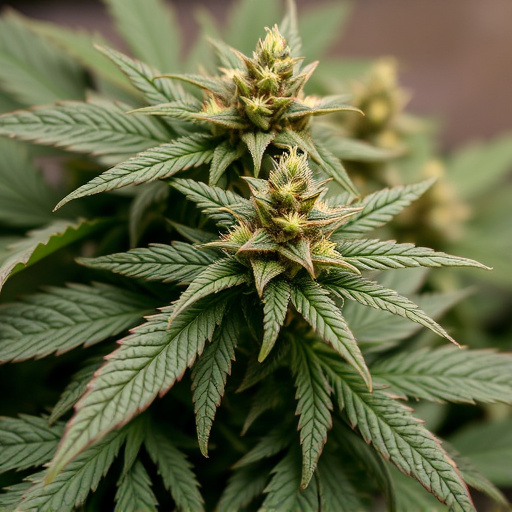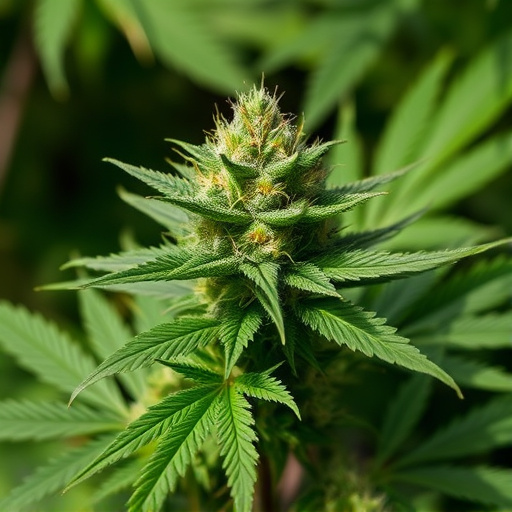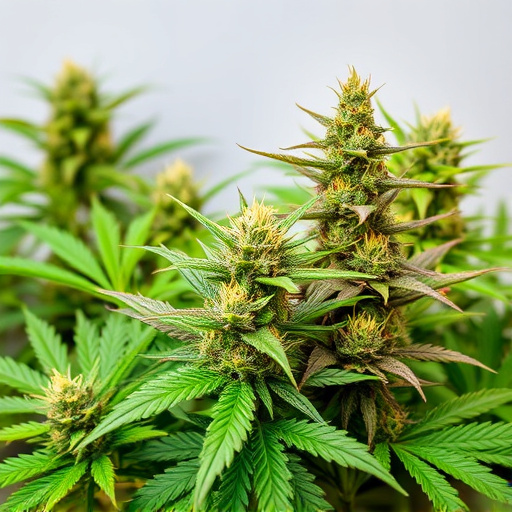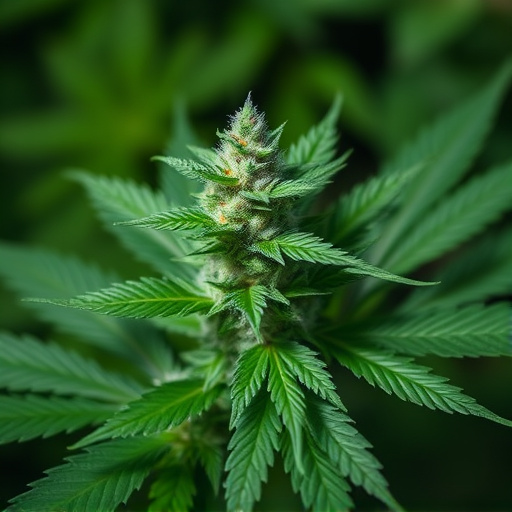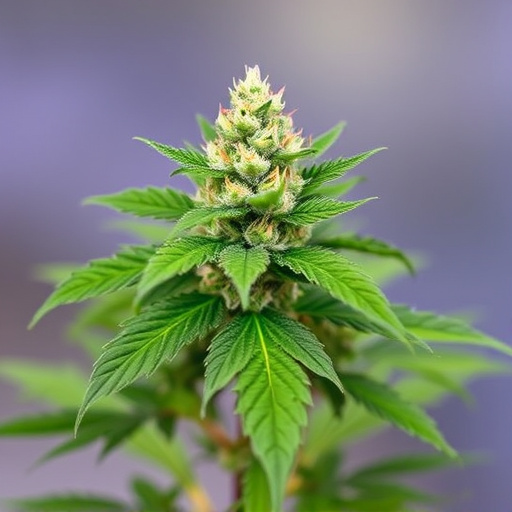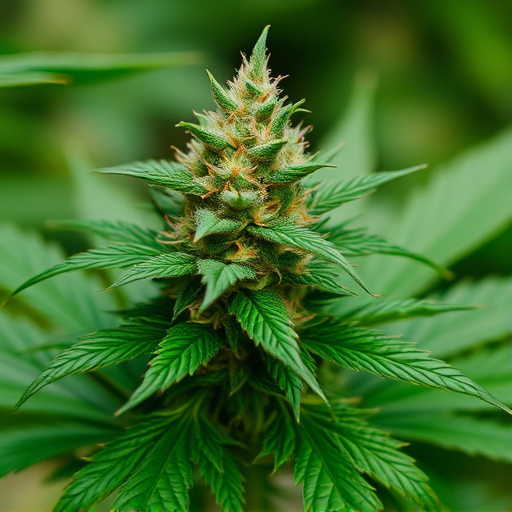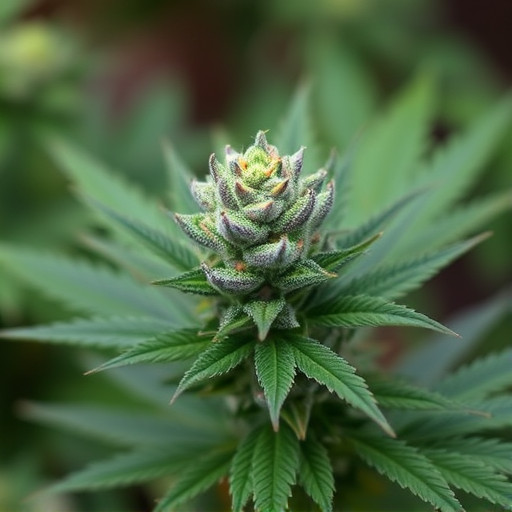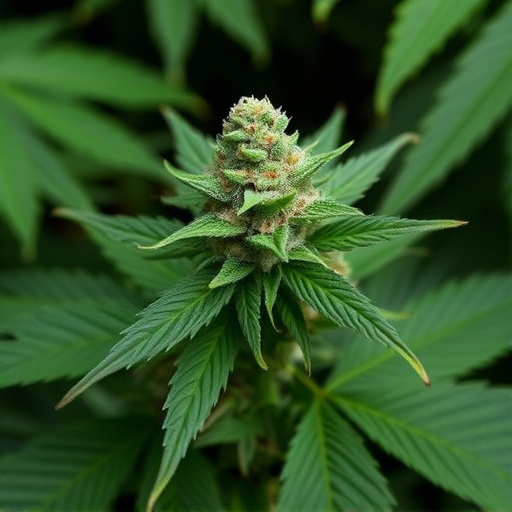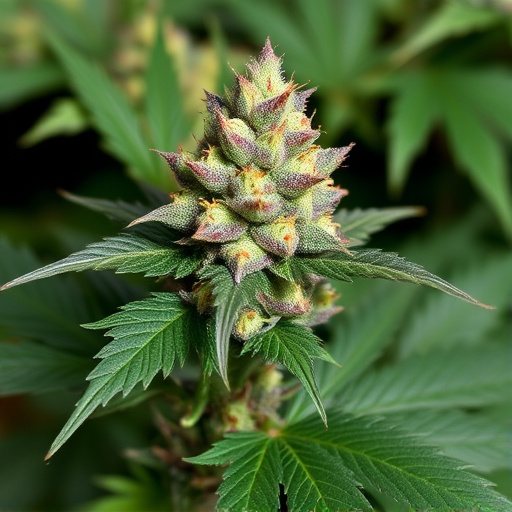The rate at which cannabis is metabolized varies greatly among individuals due to genetic and health factors, affecting how long it remains detectable. Understanding these variations is crucial for choosing the best cannabis strains for anxiety relief, balancing efficacy and minimizing potential risks. Factors like age, body weight, and overall health play a role in metabolism, impacting detection times. For anxiety, strains with lower THC or balanced cannabinoid profiles can offer quicker results without prolonged detectability concerns.
“Uncovering the factors that influence cannabis detection times is essential for understanding its impact on users. This article explores the intricate web of variables affecting how long cannabis remains detectable in the body. From individual variations in metabolism, influenced by genetics and overall health, to the distinct effects of different consumption methods and external factors like frequency of use, each plays a unique role. We also delve into the optimal cannabis strains for anxiety relief, considering their potential impact on detection times, providing valuable insights for informed decisions.”
- Metabolism and Individual Variations
- – Genetic factors influencing metabolism
- – Age, body weight, and overall health impact
Metabolism and Individual Variations
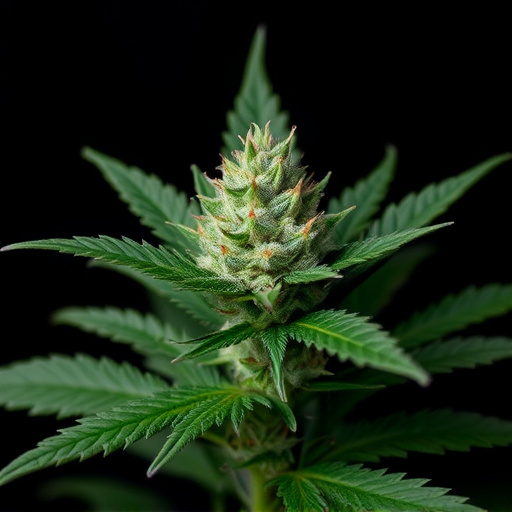
The metabolism, or the way a person’s body processes substances, plays a significant role in determining how quickly cannabis can be detected in an individual’s system. This varies greatly from person to person due to genetic factors and overall health. Some people may metabolize cannabis more efficiently, leading to shorter detection times, while others might have slower metabolism, resulting in longer periods of detectability. These individual variations are crucial when considering the impact on drug testing, especially for those exploring cannabis as a treatment for conditions like anxiety. For instance, individuals seeking relief from anxiety through cannabis might prefer strains known for their mild, gradual effects, allowing them to gauge their response without the risk of unexpected long-term detection.
Understanding one’s unique metabolic profile and how it interacts with different cannabis strains can be beneficial in managing both efficacy and potential risks. The best cannabis strains for anxiety relief, for example, may vary based on a person’s metabolism, ensuring a personalized approach to treatment that considers not only the desired effects but also the time at which these effects are expected to be measurable.
– Genetic factors influencing metabolism
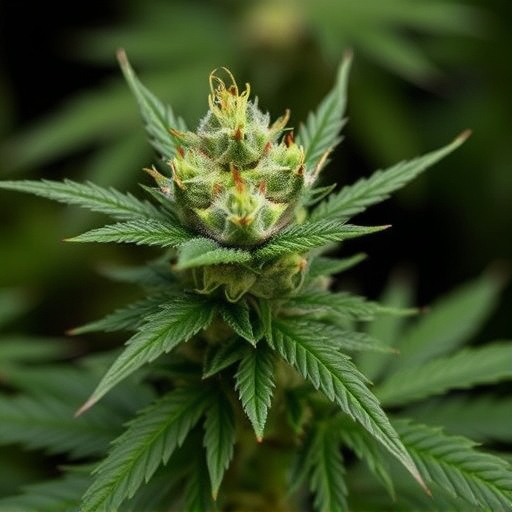
The metabolism of cannabis, and thus the detection times of its active compounds like THC, can be significantly influenced by genetic factors. Variations in genes responsible for drug processing can lead to individual differences in how quickly and efficiently the body metabolizes cannabis. This genetic diversity results in varying elimination half-lives (the time it takes for the concentration of a substance to reduce by half) among consumers. For instance, certain genetic profiles may cause faster metabolism, leading to shorter detection windows, which could be relevant when considering the best cannabis strains for anxiety relief—strains with lower THC levels or those known for their balanced cannabinoid profiles might offer quicker relief without prolonging the period of detectability.
Genetic predispositions can also play a role in determining the body’s response to specific cannabinoids, such as CBD, which has gained attention for its potential anxiolytic (anxiety-reducing) effects. Understanding these genetic factors is crucial for both personal health management and legal considerations, especially when it comes to drug testing and its implications for individuals using cannabis therapeutically or recreationally.
– Age, body weight, and overall health impact
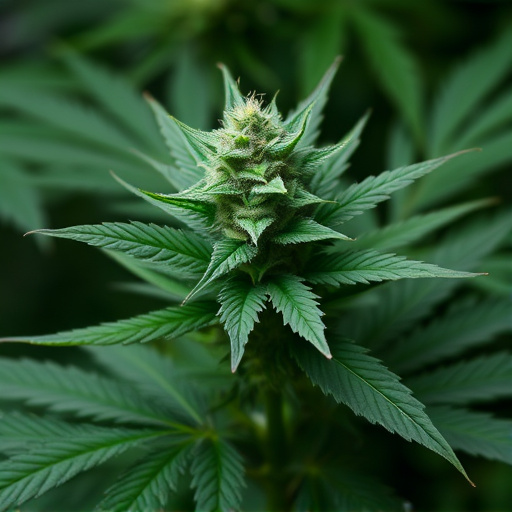
Cannabis detection times can vary significantly based on individual factors, including age, body weight, and overall health. Younger individuals may metabolize cannabis differently than older adults due to variations in liver function and drug metabolism rates. Similarly, body weight plays a crucial role; heavier individuals might take longer for cannabis to clear their systems because of higher fat content that can slow down the metabolism of active cannabinoids like THC.
Overall health is another critical determinant. People with certain medical conditions or those taking other medications may experience altered cannabis detection times. For instance, individuals suffering from anxiety, which many turn to cannabis to alleviate, might find that specific strains offer varying levels of effectiveness and duration. The best cannabis strains for anxiety can impact detection times, as some may produce longer-lasting effects while others provide quicker relief but with shorter persistence.
Understanding the factors that influence cannabis detection times is crucial for those seeking to optimize their experience with best cannabis strains for anxiety. Metabolism plays a significant role, with genetic predispositions and individual health factors like age and body weight contributing to varying elimination rates. By considering these variables, consumers can make informed choices about strain selection, ensuring optimal efficacy and minimizing detection concerns.

